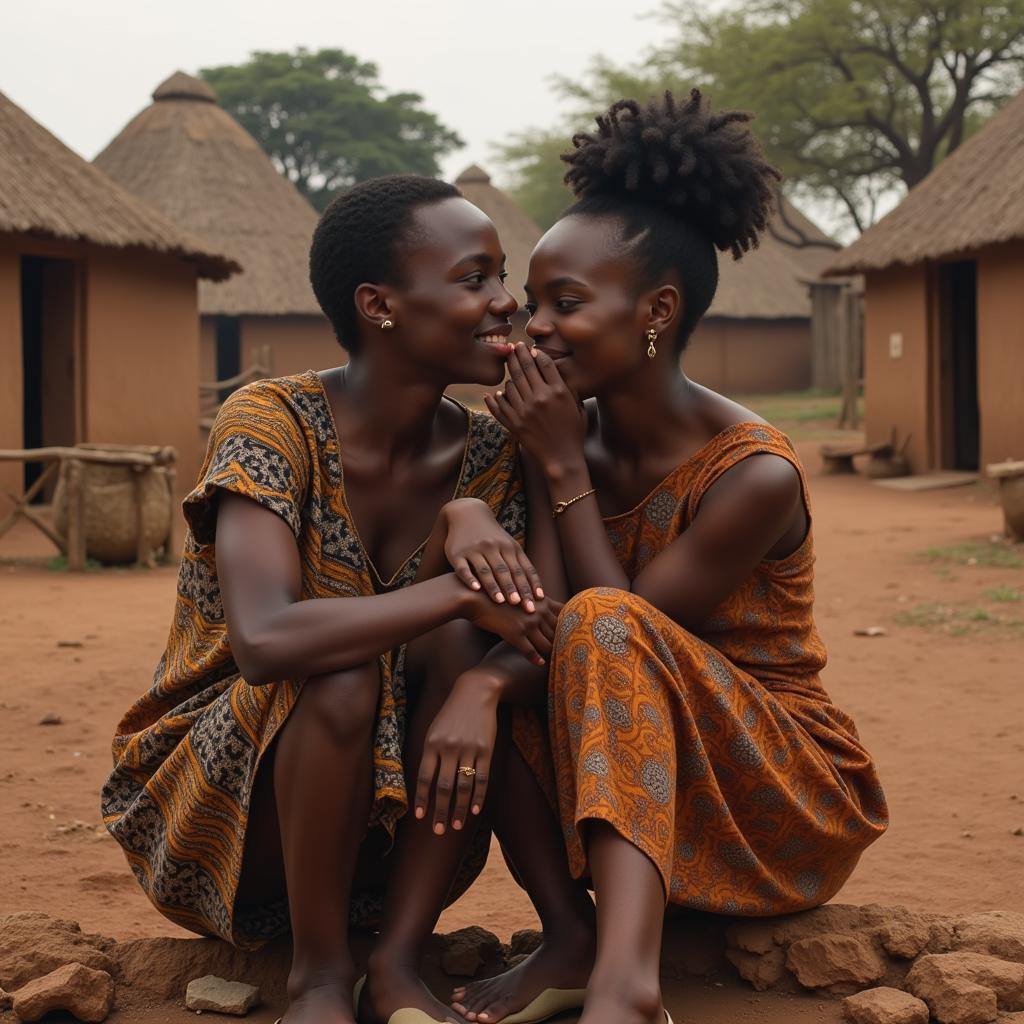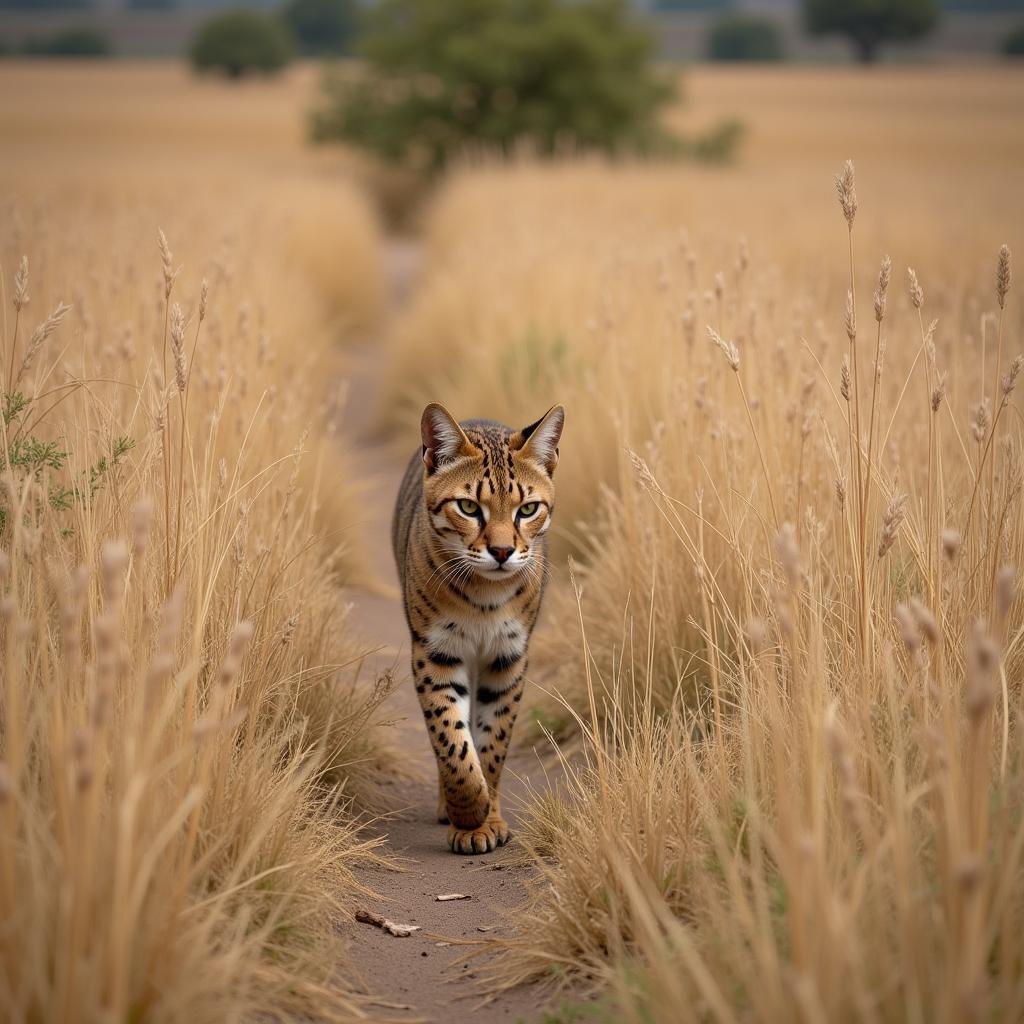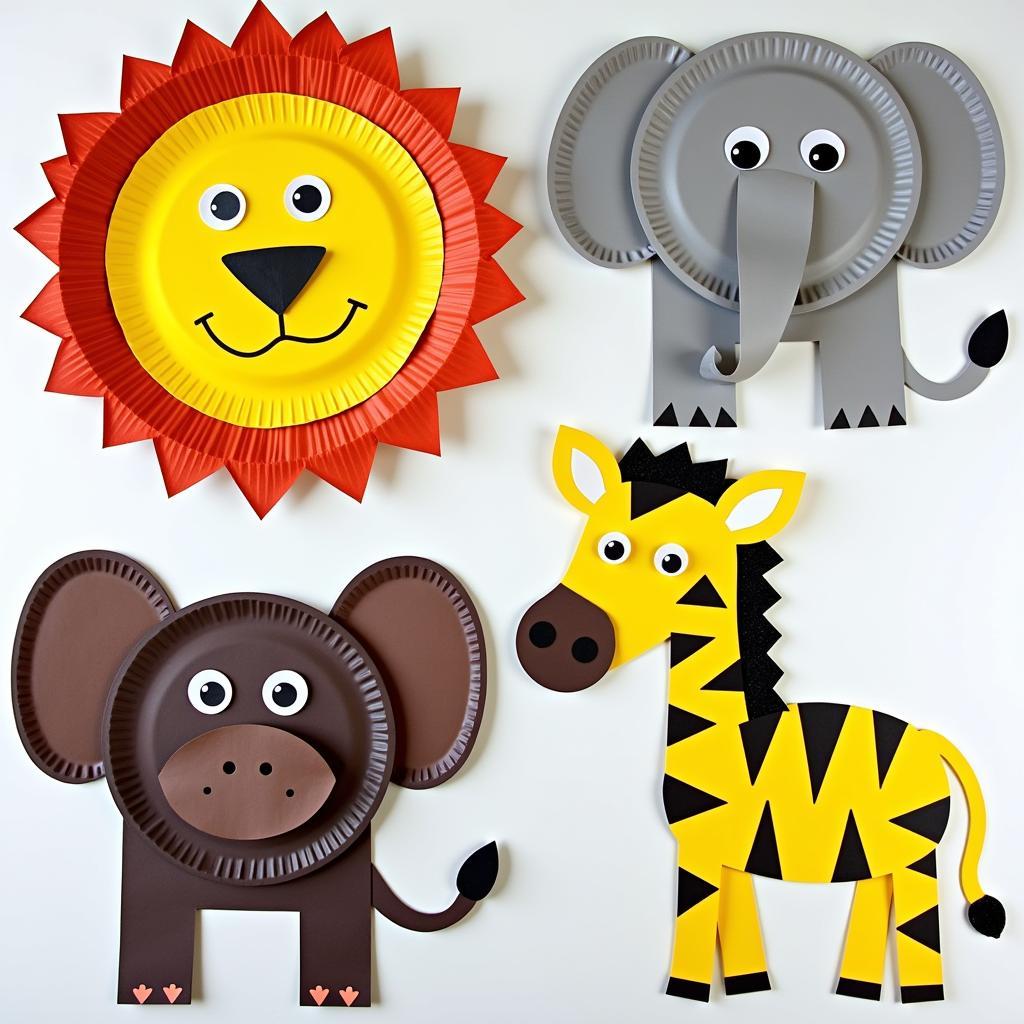Capturing the Beauty of African Flowing Hair with Braids Photography
African Flowing Hair With Braids Photography celebrates the artistry and cultural significance of braided hairstyles across the diverse continent. From intricate cornrows to flowing box braids, these styles are not just fashionable but also deeply rooted in tradition and heritage. This article explores the captivating world of African braided hairstyles, their cultural context, and the art of capturing their beauty through photography.
The Cultural Significance of African Braided Hairstyles
Braiding in Africa goes beyond mere aesthetics. It’s a social art, passed down through generations, carrying stories, traditions, and social status. Different braiding patterns often signify a person’s tribe, age, marital status, or even social standing within the community. For example, complex and elaborate braids might indicate a special occasion or a person of high rank. This rich history adds layers of meaning to every photograph, transforming it from a simple image into a visual narrative. The art of braiding itself is a communal activity, strengthening bonds between women and girls, and serving as a platform for sharing stories and wisdom. These traditions are still alive and vibrant today, adding depth and significance to the beauty of African flowing hair.
Furthermore, the length and style of braids can communicate messages about identity and self-expression. Flowing braids, in particular, represent freedom, femininity, and a connection to natural beauty. They are a testament to the versatility of African hair and the creativity of the stylists who craft these intricate designs. From simple three-strand braids to elaborate Fulani braids adorned with beads and cowrie shells, the possibilities are endless, reflecting the diverse cultures and traditions found across the continent.
The Art of Photographing African Flowing Hair with Braids
Capturing the beauty of African flowing hair with braids requires a keen eye for detail and an understanding of the cultural context. Lighting is crucial, as it highlights the intricate patterns and textures of the braids. Natural light is often preferred, as it brings out the rich tones and nuances of the hair. The photographer should also consider the background and composition, ensuring that the braids are the focal point of the image.
Moreover, the photographer should aim to capture the essence and personality of the subject. This means focusing on their expressions, posture, and the way they carry themselves. A genuine connection between the photographer and the subject is essential to create truly compelling images that tell a story. By understanding the cultural significance of the braids, the photographer can create images that are not only beautiful but also respectful and authentic.
Different Types of African Braids and Their Photographic Potential
From cornrows to box braids, twists, and locs, the variety of African braided hairstyles is vast. Each style presents unique photographic opportunities. Cornrows, close to the scalp, offer a chance to capture intricate patterns and designs. Box braids, with their flowing length and volume, can be photographed in dynamic poses, emphasizing movement and texture. Twists, with their coiled structure, create interesting visual effects when light plays upon them.
Akani-based artist and photographer, Otis Kwame Kye Quaicoe, emphasizes the importance of capturing the individual’s spirit and the cultural nuances within each hairstyle. “It’s not just about the hair,” Quaicoe suggests, “it’s about the story behind it, the heritage it represents, and the individual wearing it.”
The possibilities are truly endless, and each hairstyle provides a canvas for creative expression. By exploring the diverse world of African braiding, photographers can capture stunning images that celebrate the beauty, culture, and artistry of these unique hairstyles.
Conclusion
African flowing hair with braids photography is a celebration of cultural heritage, artistic expression, and individual beauty. It’s about capturing the intricate details of the braids, the stories they tell, and the individuals who wear them with pride. From the traditional braiding circles to the modern interpretations of these classic styles, African braided hairstyles continue to inspire and captivate. By understanding the cultural significance and the art of capturing these hairstyles through photography, we can truly appreciate the beauty and power of African flowing hair.
FAQ
-
What are some common types of African braids?
Some common types include cornrows, box braids, Senegalese twists, and Ghana braids. -
How long do African braids typically last?
Depending on the style and maintenance, braids can last anywhere from a few weeks to a couple of months. -
What are the benefits of wearing African braids?
Braids protect natural hair, offer styling versatility, and are a beautiful expression of cultural heritage. -
What is the significance of beads and other adornments in African braids?
Beads and adornments add to the aesthetic appeal and can also signify cultural or social status. -
How can I find a skilled braider specializing in African hairstyles?
Recommendations from friends, online directories, and social media are great resources.
African girl reference for modelling with flow offers stunning examples of diverse African hairstyles, showcasing the beauty and versatility of braided hair. Exploring the African gorge can provide further inspiration for photographers seeking unique backdrops for their portraits.
If you need further assistance, please contact us: Phone: +255768904061, Email: [email protected], or visit our office: Mbarali DC Mawindi, Kangaga, Tanzania. We have a 24/7 customer service team.



